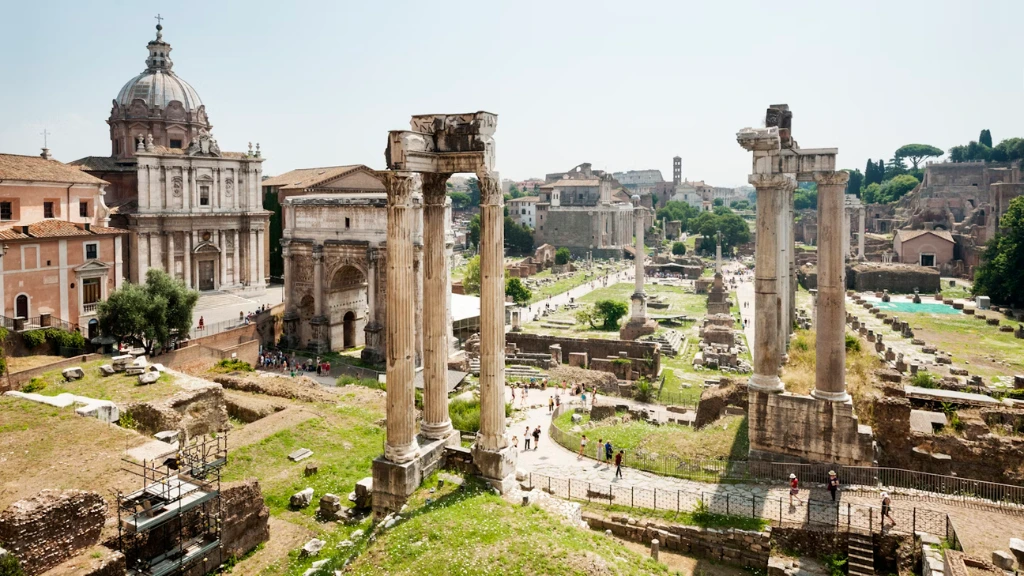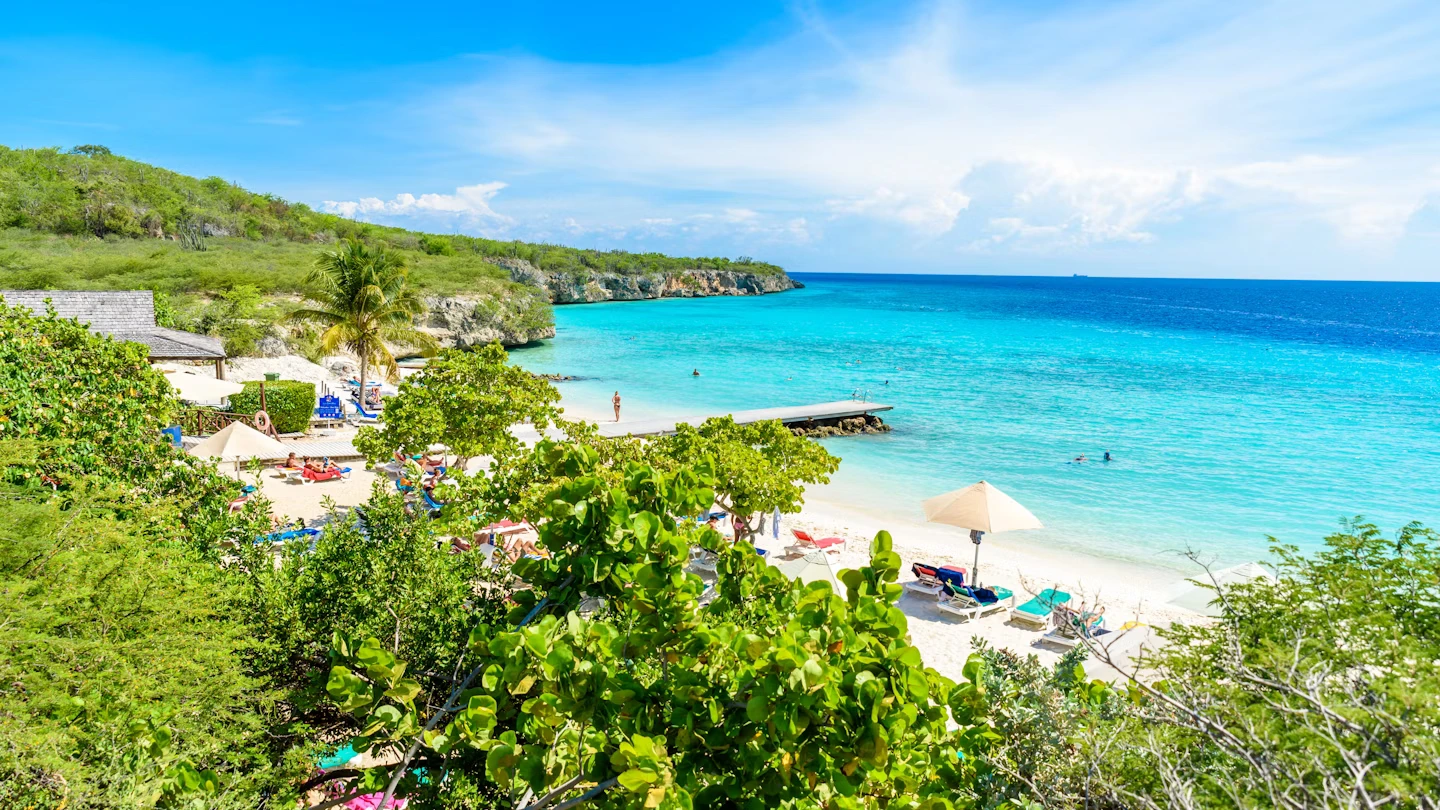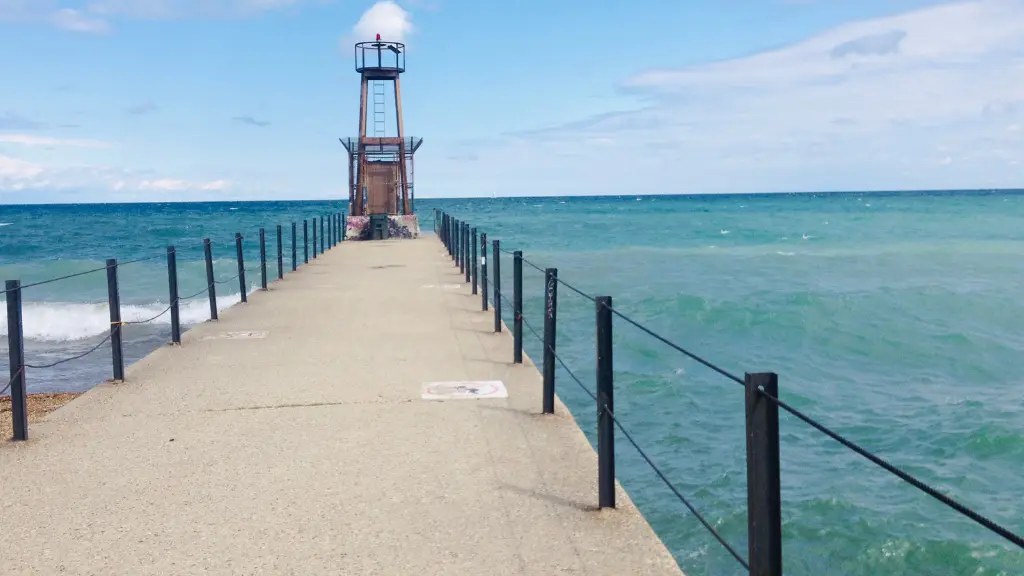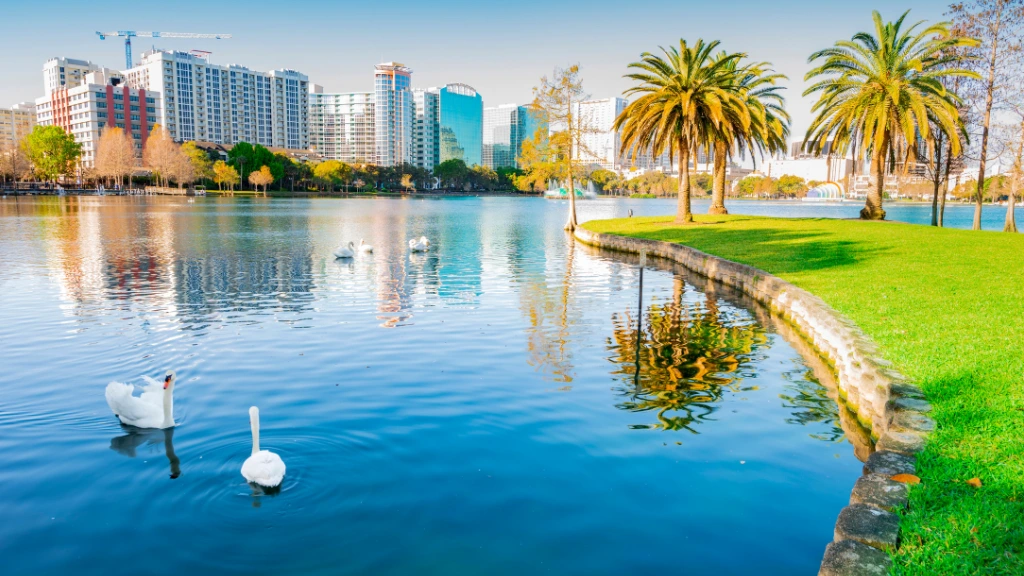For centuries, Rome’s historic center has stood as a living museum, showcasing the grandeur of ancient Roman civilization and the layers of history that followed. But as tourism in Rome surges, so does the demand for a more pedestrian-friendly city. To meet this need, the city is undertaking a significant revamp to create a visitor-friendly promenade, transforming how tourists and locals alike experience its ancient landmarks.
This extensive redevelopment project aims to preserve Rome’s heritage while making it easier, safer, and more enjoyable to explore on foot.
Here’s what you can expect from Rome’s latest transformation and why this pedestrian-centered upgrade will enhance any visit to the Eternal City.
You May Also Like: Explore 5 Iconic European Cities Aboard the Newest Night Train Service
Why the Revamp? Preserving Heritage and Enhancing Accessibility
Rome’s historic center draws millions each year to marvel at its treasures, from the Colosseum and the Roman Forum to more recent additions like the iconic Trevi Fountain. However, Rome’s narrow streets, bustling traffic, and scattered pathways can make it challenging for tourists to navigate these areas. With a surge in visitors post-pandemic, city planners are taking steps to improve accessibility while reducing congestion and protecting the integrity of Rome’s ancient sites.
This revamp goes beyond aesthetics—it’s a strategic effort to balance heritage preservation with urban convenience. The proposed promenade is designed to serve as a central artery that connects the most iconic landmarks, opening up Rome’s historic center to foot traffic and offering more visibility to the city’s iconic views and hidden gems.
1. The Vision Behind the Promenade: Blending Old and New
This new promenade in Rome’s historic heart aims to blend the ancient ambiance of Rome with modern urban design. The walkway will feature wide paths, seating areas, improved signage, and designated sections for relaxation—all designed to create a welcoming atmosphere for travelers and locals. Here’s a closer look at what this visitor-friendly promenade promises to bring:
- Enhanced Accessibility: Wider paths and wheelchair-friendly surfaces make the promenade accessible to all, ensuring that everyone can enjoy Rome’s beauty without barriers.
- Scenic Spaces: From landscaped gardens to open viewpoints, this new walkway is designed to maximize the views of Rome’s famous sites, making it a perfect place for photography and leisurely strolls.
- Wayfinding Signage: New informational signs will provide insights into each landmark’s history, helping visitors make the most of their time and deepening their understanding of Rome’s ancient and Renaissance past.
This blend of modern infrastructure with the allure of Rome’s timeless landmarks will make sightseeing more comfortable and immersive than ever before.
2. Key Areas Included in the Revamp
The revamped promenade will link several famous landmarks and popular attractions, allowing travelers to walk easily between Rome’s historical marvels. Here are some of the highlights of Rome’s revamped center:
Colosseum to Roman Forum
The path will feature a well-marked, wide pedestrian area that lets visitors walk directly from the Colosseum to the Roman Forum, easing foot traffic in what is already one of the most crowded areas in the city. As the promenade stretches along this route, visitors can enjoy unobstructed views of ancient Roman structures while learning about their history.
Palatine Hill and Imperial Forums
With new access paths and informational signage, visitors will gain a clearer route between Palatine Hill and the Imperial Forums. This part of the project will highlight more of Rome’s classical architecture and sculptures, immersing visitors further into the daily life of ancient Romans.
Capitoline Hill
As one of Rome’s most significant hills, Capitoline Hill is home to museums and historical sites that offer panoramic views of the city. The promenade will enhance access to this area, giving visitors a more accessible way to climb up and take in the breathtaking cityscape.
Trevi Fountain and Spanish Steps
The promenade will offer an easy-to-follow route connecting these two renowned locations. New lighting and wider walkways will make the Trevi Fountain even more stunning at night, allowing visitors to capture postcard-worthy photos and experience the ambiance without excessive crowding.
3. Sustainable Tourism: A Focus on Eco-Friendly Design
Rome’s promenade revamp isn’t only focused on accessibility; sustainability is also at the forefront. As one of Europe’s oldest cities, Rome faces unique challenges in preserving its ancient sites while adapting to modern environmental needs. Here’s how the promenade project aims to address sustainability:
- Pedestrian-Centric Design: By prioritizing walking over driving, this project significantly reduces the number of cars and buses entering the historic center, lowering carbon emissions and reducing air pollution around ancient monuments.
- Green Spaces: The promenade will introduce small parks, shade trees, and green areas along the route. These spaces provide a touch of nature within the urban setting and enhance air quality and reduce heat in the warmer months.
- Energy-Efficient Lighting: The promenade will feature solar-powered or energy-efficient LED lights, designed to illuminate key areas in an eco-friendly way. The goal is to offer well-lit pathways for evening strolls without compromising Rome’s night sky or causing excessive energy consumption.
4. Benefits for Tourists and Locals Alike
Rome’s revamped historic center has multiple advantages, both for the city’s residents and the millions of visitors who travel here each year:
- Improved Safety: With clearer pathways, dedicated pedestrian zones, and fewer vehicles, the promenade makes the historic center safer and easier to navigate.
- Enhanced Visitor Experience: By reducing crowding and providing more comfortable spaces to relax and enjoy the scenery, visitors can truly savor Rome’s culture and ambiance without feeling rushed.
- Economic Boost: With improved infrastructure, local businesses, cafes, and shops around the promenade can expect increased foot traffic, benefiting the local economy and adding vibrancy to the city’s tourism sector.
5. When Will the Promenade Be Completed?
The city is aiming to complete the majority of construction by mid-2024. However, parts of the promenade might open in phases, allowing travelers to enjoy sections as they’re completed. Updates from Rome’s tourism board are expected to provide more details as construction progresses, so future travelers can check for updates if they’re planning to visit soon.
How to Make the Most of Your Visit to Rome’s Historic Center
Once completed, the promenade will be a central hub for Rome’s tourists, making it easy to visit top attractions without hassle. Here are some tips to maximize your experience:
- Plan for Early Mornings or Evenings: Although the promenade will reduce crowding, popular sites like the Colosseum are still busiest in the afternoon. Early mornings or evenings provide a more serene experience.
- Take Guided Tours: With the improved signage, many tour companies will offer guided walks that follow the promenade route. A knowledgeable guide can add depth to the history surrounding each site.
- Enjoy Cafés and Shops Along the Way: Rome’s new promenade will have plenty of places to stop, relax, and enjoy Italian coffee or gelato, adding to the enjoyment of your sightseeing adventure.
Rome’s Historic Center: A Timeless Experience, Now Revitalized
Rome’s plan to revamp its historic center promises to make a lasting impact on how travelers and locals experience the city. With improved accessibility, a focus on eco-friendly design, and a commitment to preserving the grandeur of ancient Rome, the promenade will enhance Rome’s status as a must-visit destination.
Whether you’re a first-time visitor or a seasoned traveler to the Eternal City, this new promenade offers an exciting and thoughtful approach to exploring Rome’s storied past. This is more than just a sightseeing upgrade; it’s a step forward for sustainable tourism and a chance to walk through history in a new, welcoming way.










